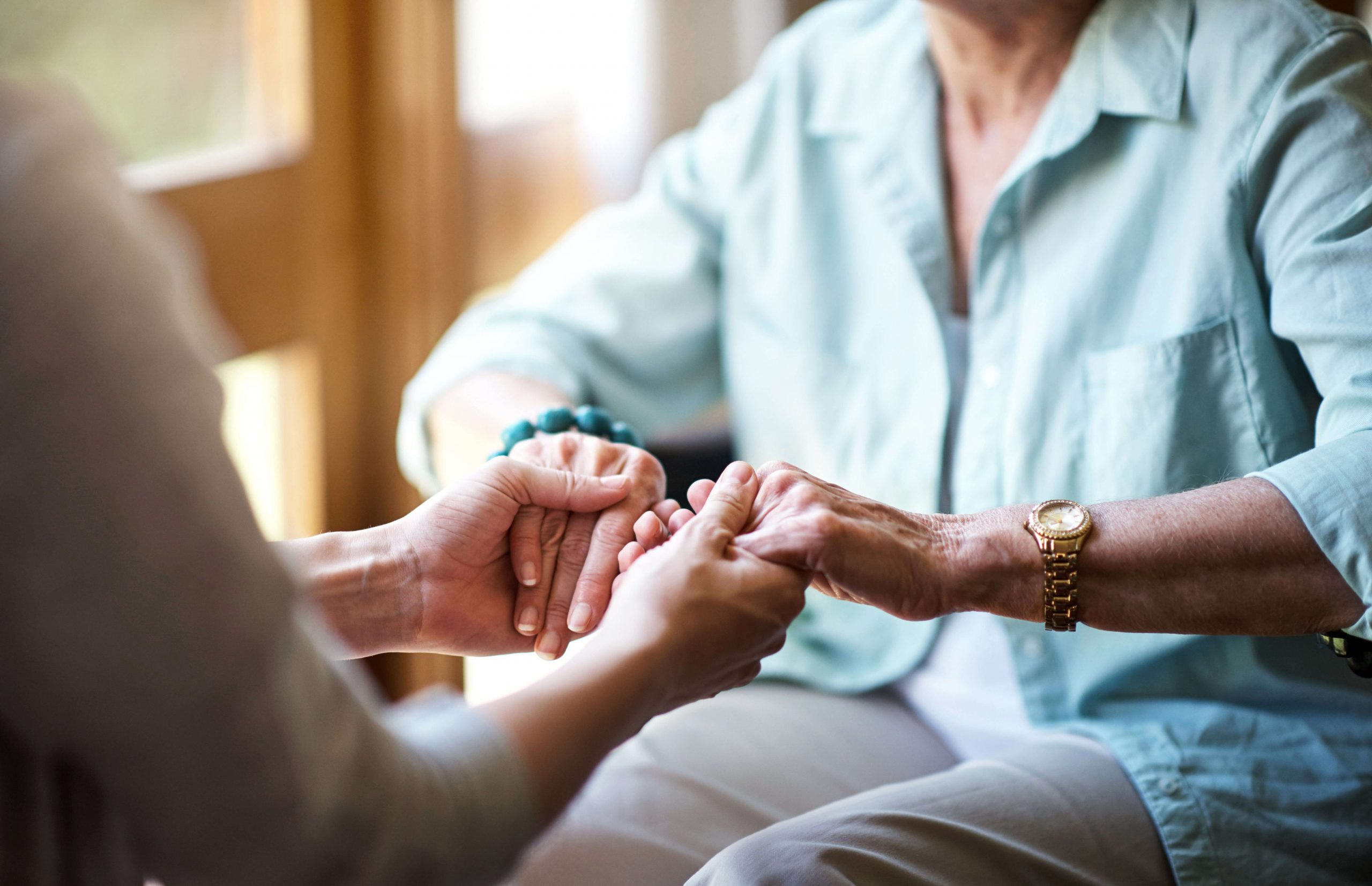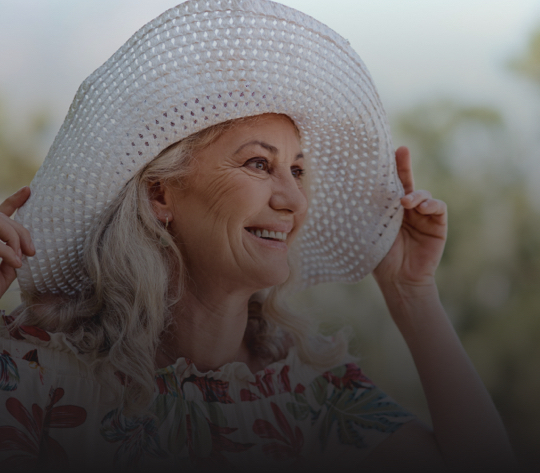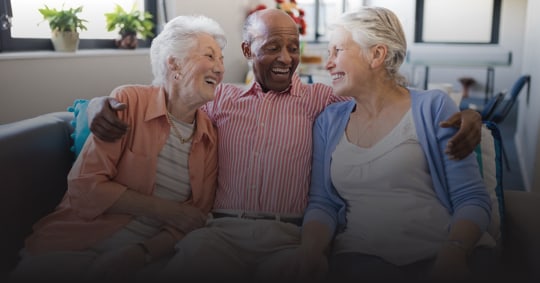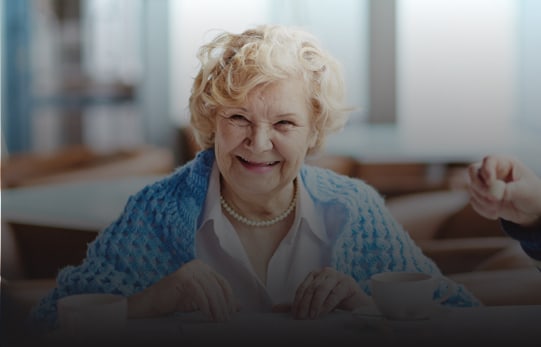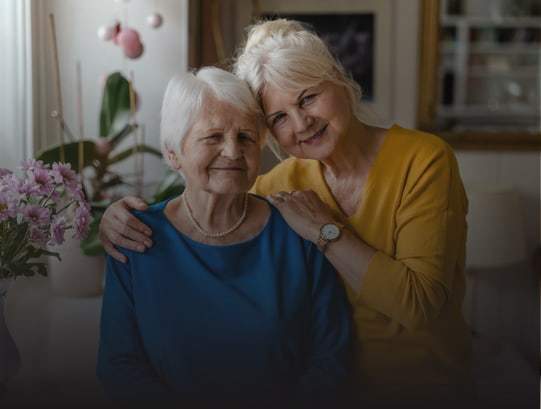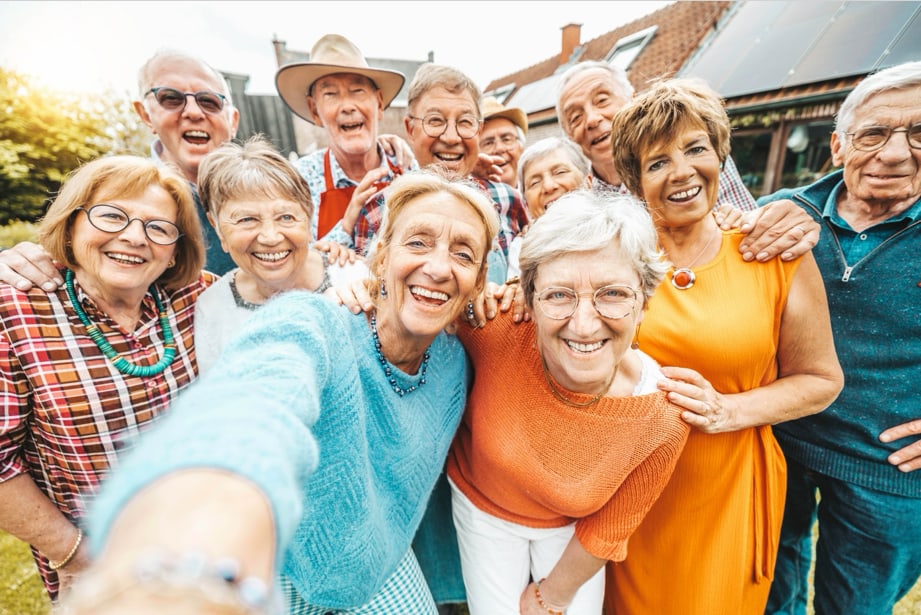Warding Off Loneliness During A Socially Isolate Time
With quarantine protocols in effect for the nation for over a year, the prolonged effects of social isolation on our seniors has continued to be an on-going topic of research and conversation. Researchers and medical professionals have demonstrated that there are more dangers and hidden risks of chronic feelings of loneliness than we previously believed. Beyond the mental health component, these pose a real physical threat. Successful aging has never been more important and more talked about.
In a recent study from the National Academies of Sciences, Engineering, and Medicine (NASEM) found that one third of adults over 45 experience feelings of loneliness. Furthermore, at least one fourth of adults 65 and older are socially isolated.
So, how do we define social isolation and loneliness? The CDC defines loneliness as the feeling of being alone, regardless of the amount of social contact. Social isolation, on the other hand, is a lack of social connections. While social isolation can lead to the feeling of loneliness in some people, others can feel lonely without actually being socially isolated.
How does this impact our seniors? Because it is so difficult to precisely measure social isolation and loneliness, it’s tempting to overlook the health risk they pose.
A recent study the CDC identifies the health risks of loneliness and social isolation as follows:
- • Social isolation significantly increases a person’s risk of premature death from all causes; a risk that may rival those from smoking, obesity, and physical inactivity.1
- • Social isolation is associated with about a 50% percent increased risk of dementia.1
- • Poor social relationships (characterized by social isolation or loneliness) are associated with a 29% increased risk of heart disease and a 32% increased risk of stroke.1
- • Loneliness is associated with higher rates of depression, anxiety, and suicide.
- • Loneliness among heart failure patients is associated with a nearly 4 times increased risk of death, 68% increased risk of hospitalization, and 57% increased risk of emergency department visits.1
How do we combat the increasing loneliness and social isolation of our current environment and be sure our seniors age successfully without suffering the detrimental impacts on their health?
During a time when being around others posed an additional physical threat due to Covid-19, senior living communities had to get creative. Bridge Senior Living communities have refined some tried and true recipes for increasing connection and feeling loved while introducing some new ones as well.
We recognize how important it is for seniors to remain active and engaged in goals because it not only benefits their overall mental health, it also provides a sense of purpose and accountability. But it’s important in the challenging operating environment that we prioritize activities that enable connection while ALSO protecting our residents physically. For example, residents can participate in physical activity in a socially distanced setting like socially distanced chair yoga, walking clubs, and zoom fitness classes. These activities help residents stay active while still protecting their health.
Activities that take place outdoors and can be socially distanced like painting and gardening are always a great start. These activities get bonus points for also being therapeutic!
Another way to proximate connection, even while being socially distant, is to use activities that cultivate a sense of community. For example, you can facilitate volunteer efforts such as “knitting for a cause”, gathering items for local animal shelters and improving a neighborhood garden so seniors can give back to their communities.
We have also identified innovative ways to connect with others virtually who have a shared interest using technology. Our communities have loved implementing new programs that offer the best of both our connected and distant worlds. Radio Recliner, a Bridge Senior Living initiative, allowed our residents to turn into DJs blasting the hits from the past and today while sharing their stories about why they love and connect with the songs. This program allows other residents to listen in and become a part of the DJ’s story.
From happy hour, and ice cream deliveries to door decorating contests, we found new ways to enjoy our days in a different way. Fitness was not the only way communities used Zoom – from connecting with loved ones to trivia and themed community zoom parties – the virtual good times were rolling!
The negative impacts and health risks of social isolation and loneliness are very real for the senior population, but there are also innovative ways to ensure seniors can thrive even with the mandated quarantine requirements. We have taken the call to enable our seniors to live their most engaged and connected lives seriously, despite the challenges we have faced this year. Contact your local Bridge Senior Living community to learn more about all of the fun ways we are working to keep our residents feeling connected and thriving!

